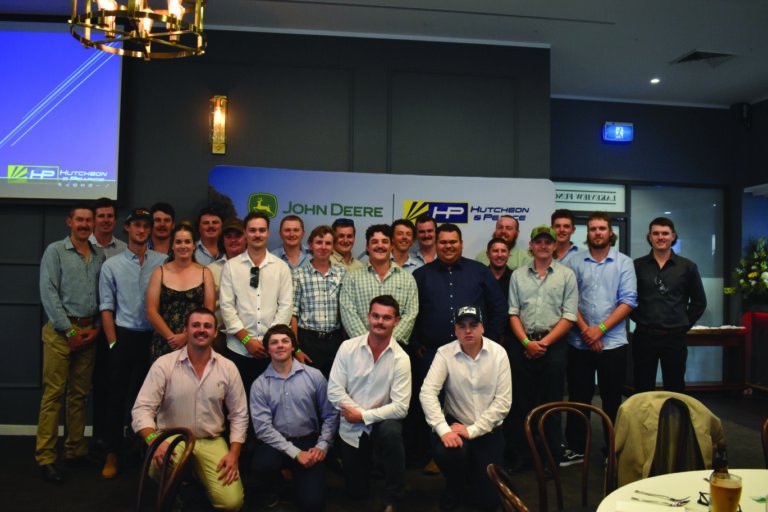Subscribe To Our Weekly Newsletter
Categories
The windy Autumn season is when they drop the most leaves and bark. It’s for this reason that leaf and debris management is a key task in your ’ ‘Autumn reboot’ process – it’s a time that condition are ideal for reviving the landscape after Summer.
LEAF LITTER CLEAN-UP
Tree maintenance
Even trees that are considered evergreen will still drop all their leaves in a season. Tree experts look for defects from the ground and generally try to correct the structure, as well as find the next thing that is about to fall on the ground before it does. It’s routine maintenance, which involves crown thinning (or ‘cleaning’) and the removal of dead, dying and diseased materials, that keeps the load manageable.
Any maintenance can also help with fire fuel loading and the good health of the trees on your property
Debris disposal
There are several responsible ways to recycle local biomass. For larger woody materials that are pruned, removed (or come down due to storms), they can be strategically repurposed to help with biodiversity.
Charlie Carroll, Arboriculture Manager at Royal Botanic Gardens Cranbourne in Victoria says: ‘We use the larger wood for habitat where possible. So, for the most part it, it is even when the trees are removed that as much as we can gets recycled back into the landscape.’
TOOLS OF THE TRADE
Woodchippers
When woody debris isn’t suitable for animal habitats, it can be processed using a residential or commercial woodchipper. The chip can be left to break down and form high-quality mulch. Mulch is rich in nitrogen and nutrients to add back into the soil.
Remember to prolong the life of your equipment, such as woodchippers, it’s important to ensure no foreign materials make contact with your machines – a good tip is to avoid anything that you wouldn’t cut with a knife (such as rocks and stones, gravel etcetera).
Battery blowers
Charlie Carrol says: “We’ve just moved to the STIHL BGA86 leaf blower. [This is] all we’d use when we have a larger, more woody debris mass.’ says Charlie.
To achieve greater blowing power, Charlie and his arborist crew opt for the STIHL BGA 100 plus an ergonomic backpack battery. The BGA 100 is ideal for much longer duration of use, and there is no fumes.
MULCHING

Mulching can reduce your need for water by 70%, and it can reduce weeds that can compete for water, light and space. While it’s tempting to spread fresh materials onto the garden straight away, time is the secret ingredient to good mulch.
Mulching eucalypts
It’s especially important to avoid using eucalypts or pine chips when they’re fresh. Eucalypts can be pretty acidic and a lot of the stuff will seep out. This draws nitrogen out of the soil which is the opposite of what you want. However Eucalyip mulch will build up heat and microbial bacterial activity which will eventually become perfect. Of slightly lower quality, Pine mulch creates a highly acidic soil environment. Even though it is a good mulch for acid-loving plants (Gardenia and Azalea), it may not be ideal for other plants.
‘Most of the mulch that you collect, you should let break down.’
Disease management
An ongoing concern for garden environments is the spread of rust and other fungal issues, which can occur through the spreading of mulch. It’s another reason to give your material time to break down; the process usually removes pathogens.
‘Letting that mulch biodegrade a little bit is really important to make sure you don’t have that problem,’ Charlie says.
Articles And Resources From The Hutcheon & Pearce Newsroom

John Deere Seeding: Smarter Together
Experience precision, productivity and peace of mind with a complete

Celebrating Success: H&P Apprenticeship Graduation
Hutcheon & Pearce celebrate their newest graduates of the High

Cobram Women in Turf Program a Success
An action-packed week at the Cobram Barooga Golf Club saw



